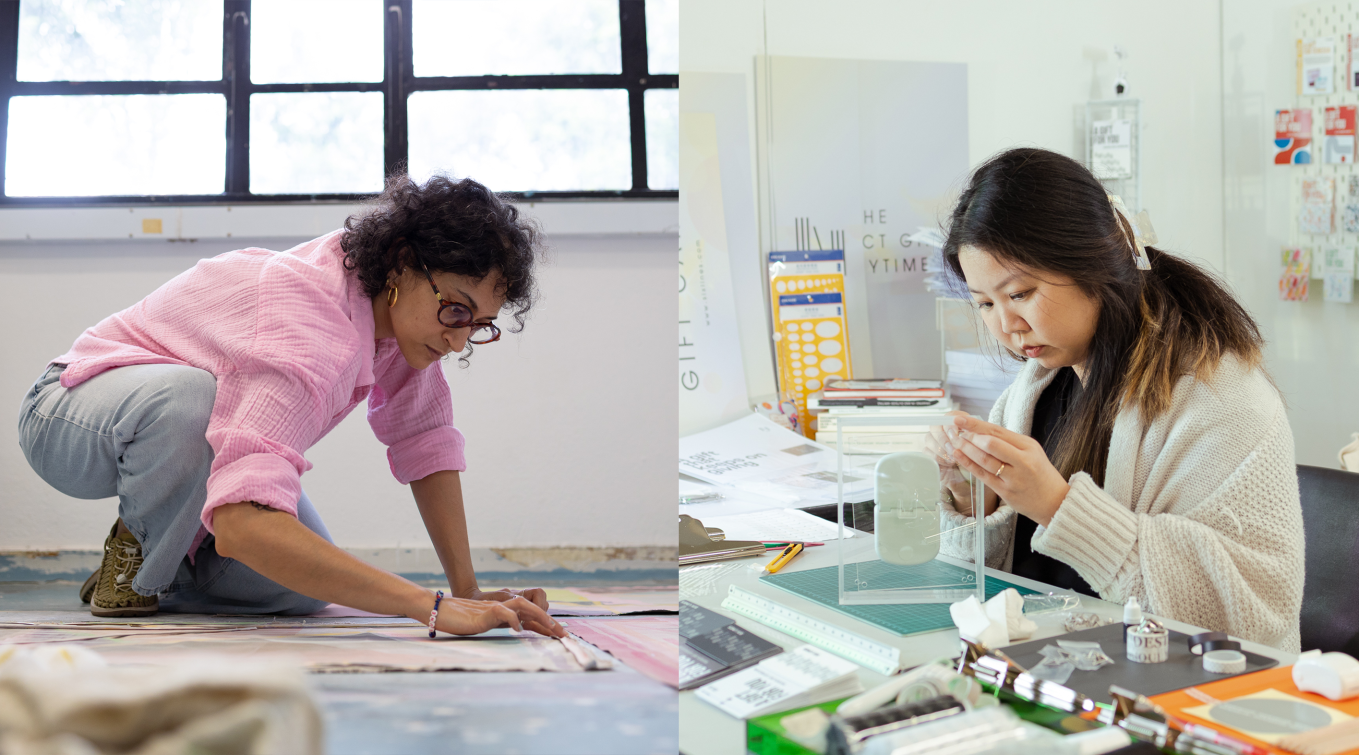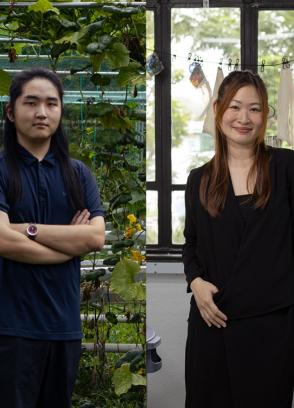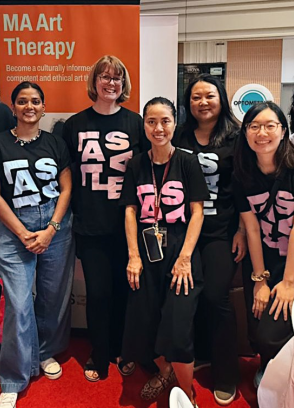The artist’s studio is a space for individual experimentation and creation, but for Class of 2025 MA Fine Arts’ graduates Nanaki Singh and Lim E-Lynn Joanne, their studios were not simply solitary working spaces but spaces of community and exchange where conversations and ideas naturally flow.
Joanne, when asked about she would miss most about her studio space at McNally Campus, shared that, “As my studio also doubles as the seminar room for the programme, what I’ll miss most are the casual hangout sessions that happen around seminars — people just dropping in, hanging out, having meetings or simply spending time together.”
Nanaki, whose studio is located at Winstedt Campus, concurs, adding that, “This can be an isolating practice, one where a lot of time is spent alone. My favourite memories of the space are those when people visit the studio, since the conversations were fruitful and future-oriented.”
As Joanne puts it, “It’s not just about sharing a physical space, but about the sense of openness, of people coming together in small everyday moments. That is something I’ve really appreciated and will definitely miss when I graduate.”
We visited Nanaki and Joanne at their respective studios prior to their graduation exhibition in July and asked them to share more about their current research during their MA studies and how the programme has impacted their practice thus far.
Nanaki Singh: I can’t imagine life without a sustained practice
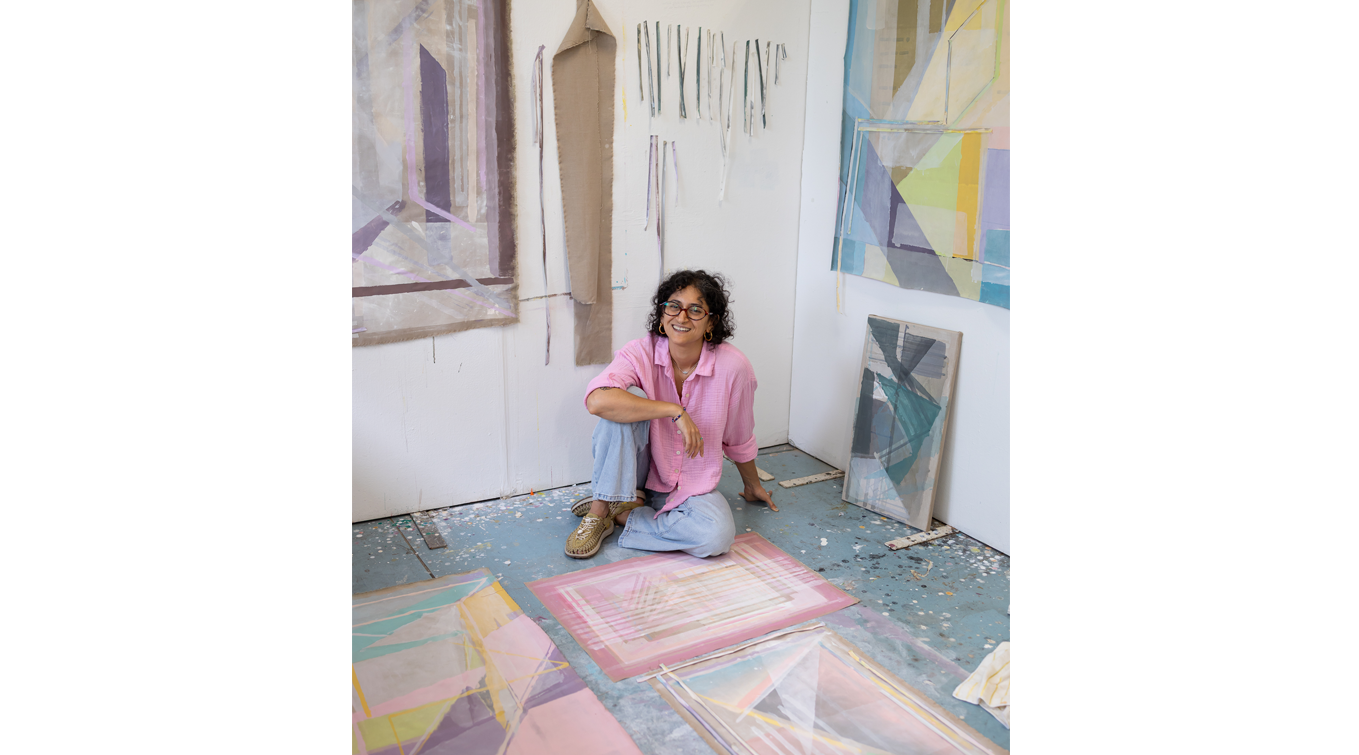
Why did you decide to pursue an MA?
After my bachelor's degree, I stopped practising for personal reasons. During the COVID-19 pandemic, my practice found a way back into my life through slow acts of living and listening.
I'm not sure if I had a choice in the matter, it was something that was called upon, and I was just responding to it.
What aspect of the programme do you appreciate the most and why?
Being in perpetual conversation with my cohort mates and faculty was the most generative part of this programme.
The open and honest dialogue that circulated in our cohort meetings, critique sessions and one-on-one tutorials has provided immeasurable insight into how I approach my practice.
What have you been working on in your MA?
I've been working with the idea of paintings as a material with agentive qualities. They have a strange language and are co-conspirators in the unfolding of time and space.
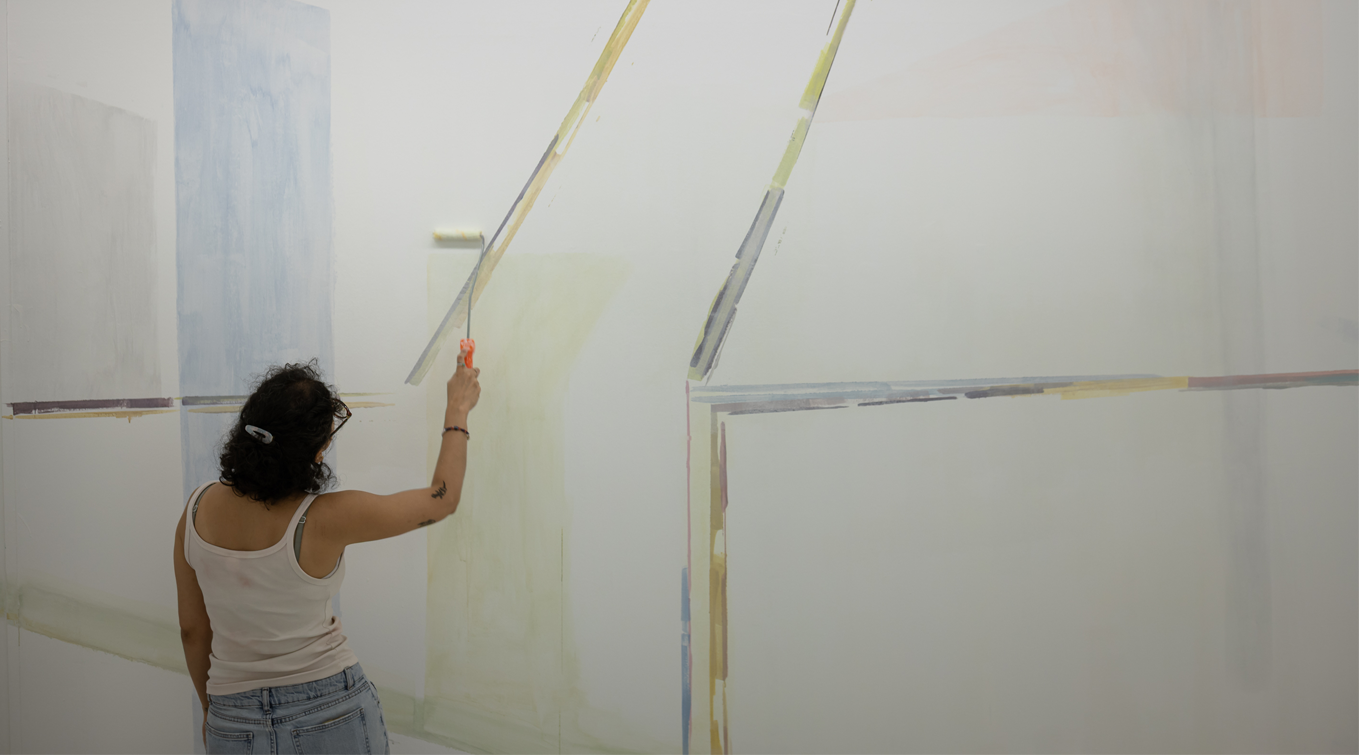
I am trying to establish a connection with that non-human aspect which allows for 'other' experiences to emerge. I am excited to work within this affective atmosphere that enables other modes of play not just through looking but attuning to the textures, feelings and materialities of the everyday in the practice of painting.
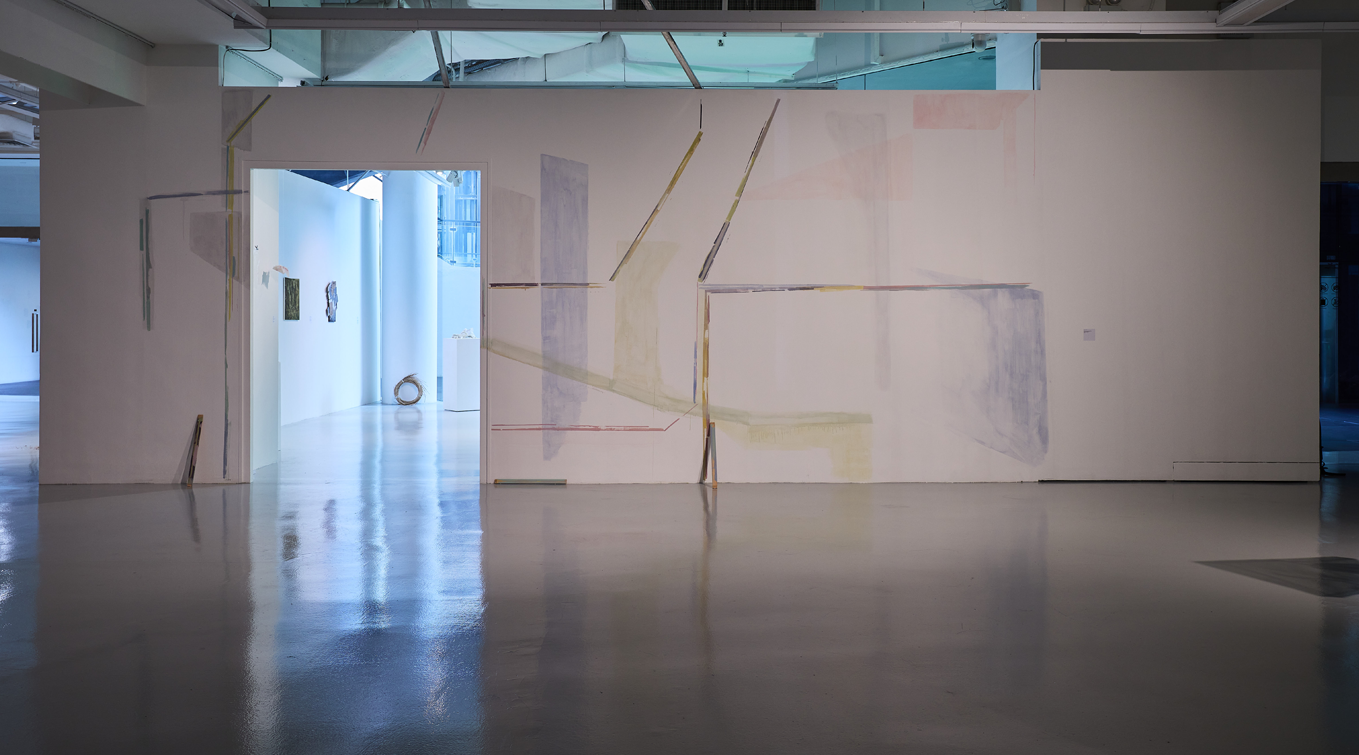
What will you miss most about your studio?
The space: there was a lot of it. I was blessed with a big studio, a lot of natural light and the best view of the campus greenery with [MA Arts and Ecology Class of 2025 graduate] Charles' hydroponic plantation growing in abundance by the day.
What's next for you?
Hopefully, a sustained art practice! I can't imagine life without it.
Lim E-Lynn Joanne: The importance of moments of vulnerability and encouragement within creative practice.
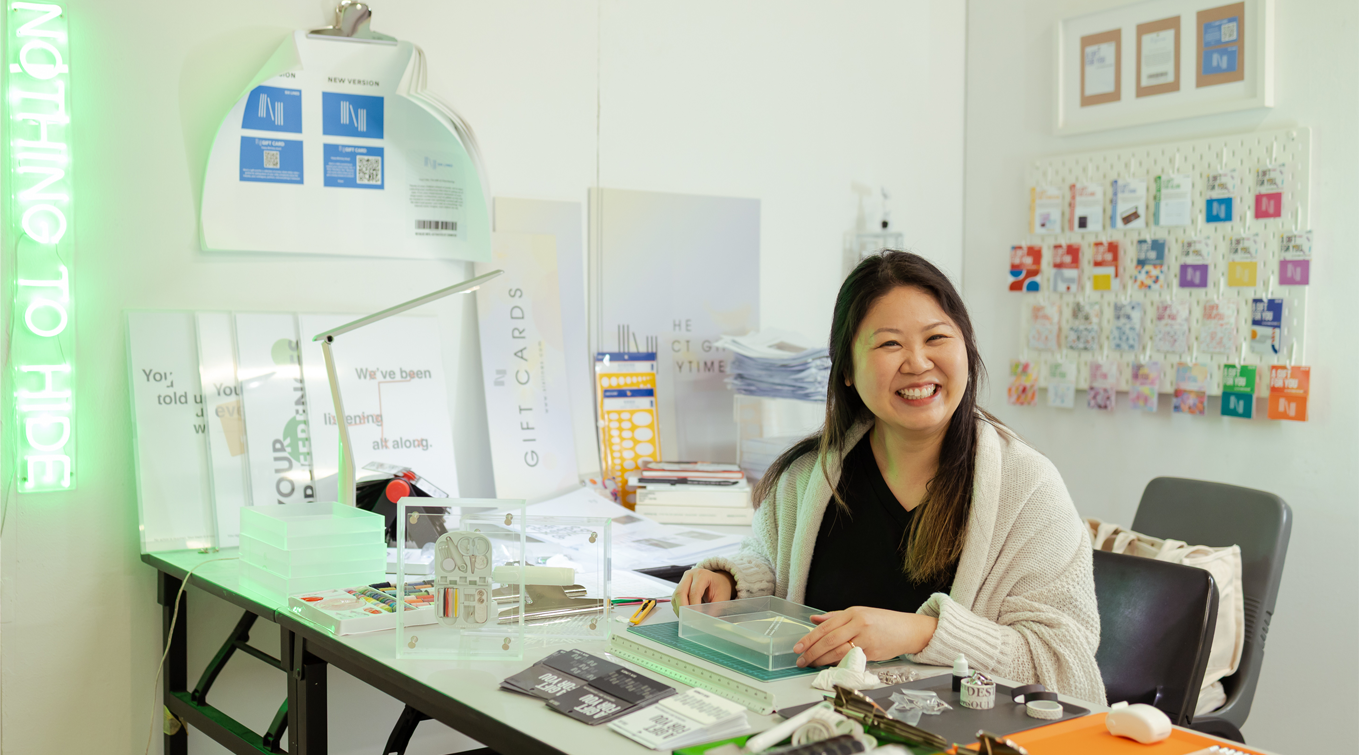
Why did you decide to pursue an MA?
I wanted the opportunity to delve deeper into my research and refine my practice within a more focused and supportive environment. Having access to lecturers with years of experience in both academia and their own creative practices felt like an invaluable resource—their guidance helps me challenge my ideas, push boundaries, and develop my work with greater clarity and intention.
Also, the resources provided by the College—from facilities to research libraries to peer networks—offer the kind of environment where I can experiment, take risks and grow not just technically but conceptually as well.
What aspect of the programme do you appreciate the most and why?
What stands out to me is the emphasis on building a strong and supportive community. There are so many opportunities for us to bond and develop together as a cohort—whether through formal sessions, informal conversations or activities outside of class. These moments have been invaluable in shaping both my work and my experience throughout the programme.
Additionally, the programme offers multiple platforms for us to strengthen our professional practice. One example is the MA Fine Arts Symposium, where we are given the opportunity to present our practice and share the current research we’ve been developing during our time on the MA. Experiences like these have helped me build confidence in articulating my work and have opened up new perspectives through feedback and exchange.
Tell us more about a project that you've worked on during your MA programme and why it excites you.
The Public Exposure Archive is a project that I’ve developed gradually over the course of the year. It marks a significant shift in my practice—it’s the first time I’ve brought together various elements from smaller, previous works into one cohesive project. At its core, it’s a participatory and interactive installation that invites viewers to engage directly with the work. Participants contribute to and shape the archive itself, both before and throughout the exhibition, making the project dynamic and constantly evolving.
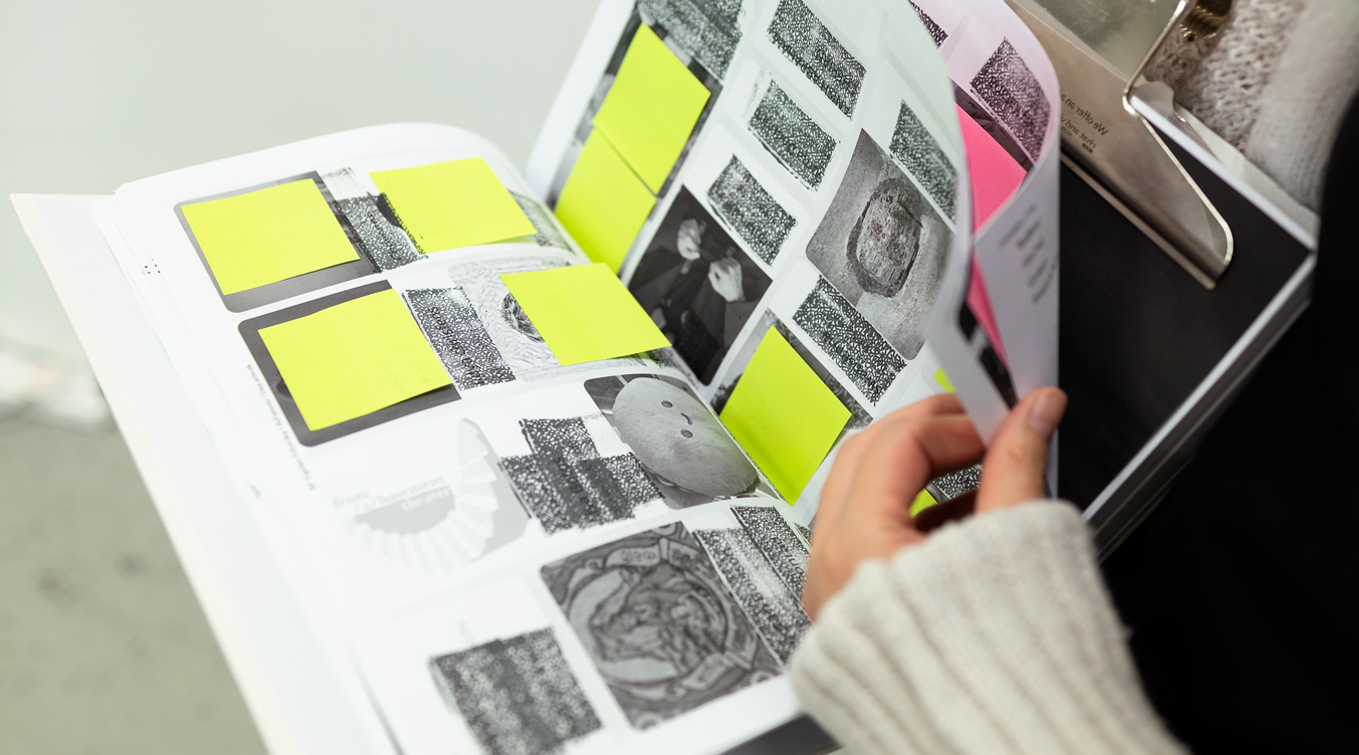
Through this work, I’ve noticed a clear development in my approach: I’m moving away from focusing solely on materiality—where the object alone conveys the message—towards creating spaces that invite dialogue, interaction and multiple viewpoints. Rather than presenting a fixed outcome, the installation becomes a platform for exchange, allowing audiences to navigate different layers of the project in their own way.
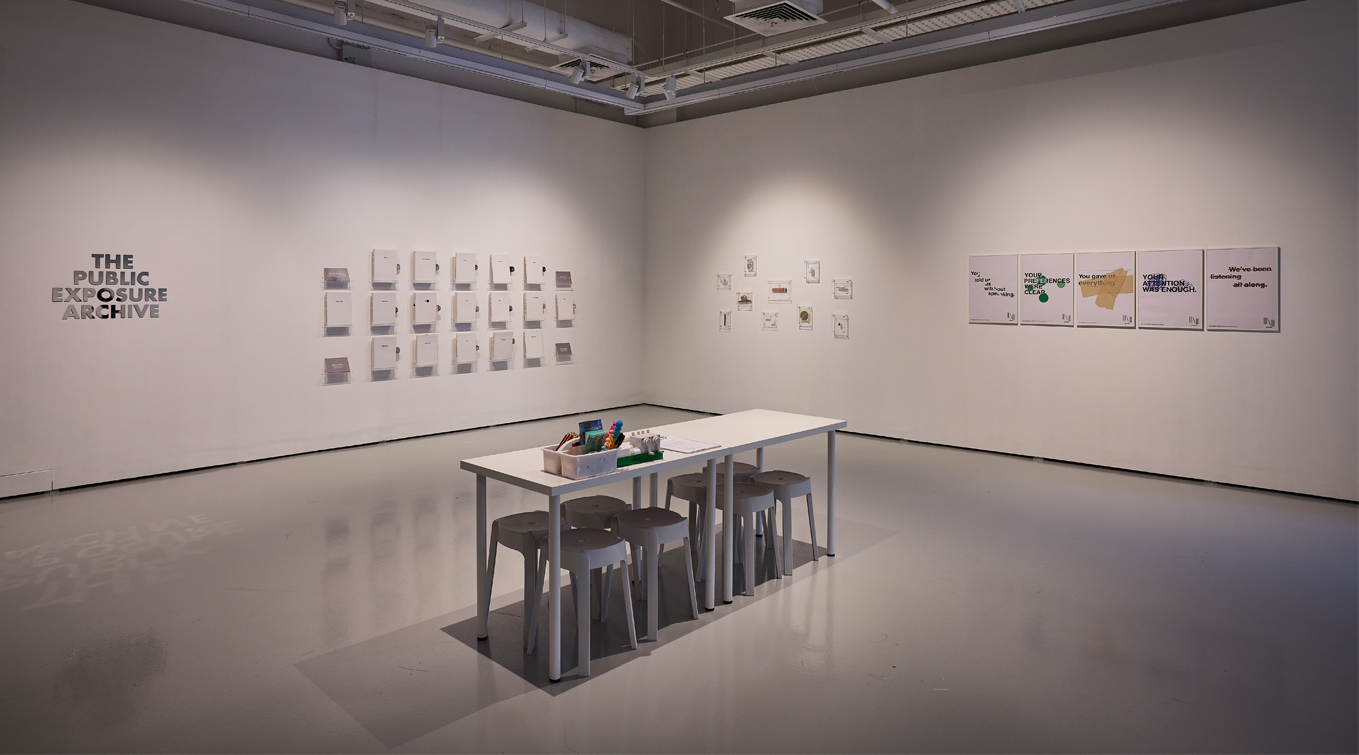
I’m especially looking forward to seeing how people respond to the work during the exhibition—how they engage, contribute and perhaps challenge the ideas I’ve been exploring
Could you share a favourite memory that took place in this studio?
One of my favourite memories took place during our first assessment session. Before it began, everyone was naturally feeling a bit nervous—we were still new to the programme and unsure of what to expect. However, despite the usual anxieties, there was a strong sense of encouragement, openness and support among everyone in the room.
People shared not only their work but also their worries, their questions and the challenges they were facing. The lecturers provided constructive feedback with such generosity, and our cohort started to come together through this shared experience—offering words of reassurance, exchanging ideas and celebrating small wins together.
It felt like a real turning point in building trust within the group. It set the tone for the rest of the year and reminded me how important these moments of vulnerability and encouragement are within creative practice.

